今天的博客文章是我幾年前做的一個關于尋找圖像中最亮點的教程的后續。
我之前的教程假設在圖像中只有一個亮點你想要檢測...
但如果有多個亮點呢?
如果您想在圖像中檢測多個亮點,代碼會稍微復雜一點,但不會太復雜。不過不用擔心:我將詳細解釋每一個步驟。
看看下面的圖片:
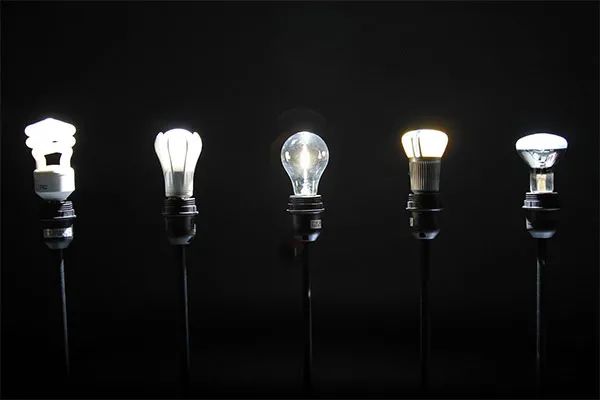
在這幅圖中,我們有五個燈泡。
我們的目標是檢測圖像中的這五個燈泡,并對它們進行唯一的標記。
首先,打開一個新文件并將其命名為detect_bright_spot .py。然后,插入以下代碼:
# import the necessary packages from imutils import contours from skimage import measure import numpy as np import argparse import imutils import cv2 # construct the argument parse and parse the arguments ap = argparse.ArgumentParser() ap.add_argument("-i", "--image", required=True, help="path to the image file") args = vars(ap.parse_args())
導入一些必要的包和命令行參數。
要開始檢測圖像中最亮的區域,我們首先需要從磁盤加載我們的圖像,然后將其轉換為灰度圖并進行平滑濾波,以減少高頻噪聲:
# load the image, convert it to grayscale, and blur it image = cv2.imread(args["image"]) gray = cv2.cvtColor(image, cv2.COLOR_BGR2GRAY) blurred = cv2.GaussianBlur(gray, (11, 11), 0)
這些操作的輸出如下:
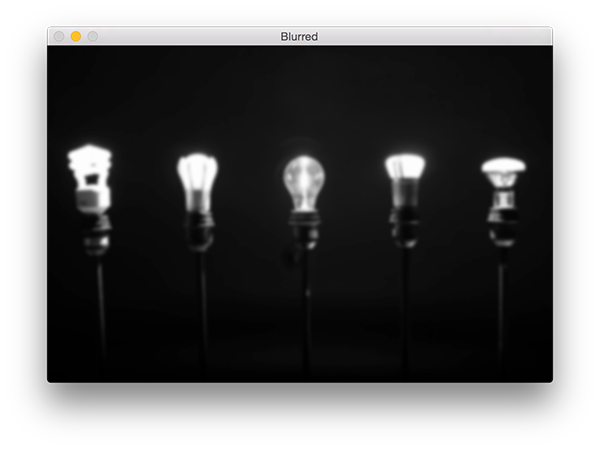
為了顯示模糊圖像中最亮的區域,我們需要應用閾值化:
# threshold the image to reveal light regions in the # blurred image thresh = cv2.threshold(blurred, 200, 255, cv2.THRESH_BINARY)[1]
操作取任意像素值p >= 200,并將其設置為255(白色)。像素值< 200被設置為0(黑色)。
閾值化后,我們得到如下圖像:
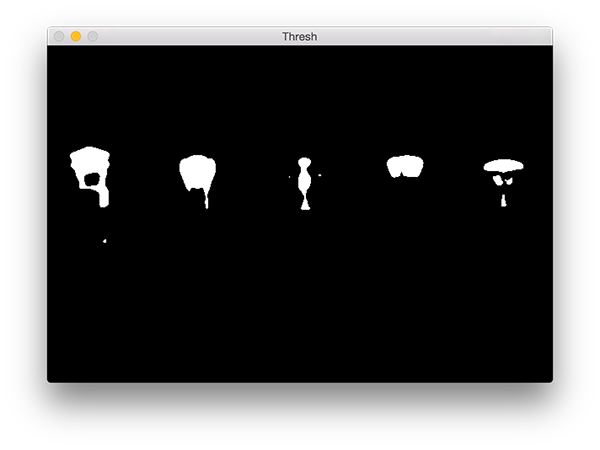
注意圖像的明亮區域現在都是白色的,而其余的圖像被設置為黑色。
然而,在這幅圖像中有一點噪聲(即,小斑點),所以讓我們通過執行一系列的腐蝕和膨脹操作來清除它:
# perform a series of erosions and dilations to remove # any small blobs of noise from the thresholded image thresh = cv2.erode(thresh, None, iterations=2) thresh = cv2.dilate(thresh, None, iterations=4)
在應用這些操作之后,你可以看到我們的thresh圖像變得更加“干凈”,但是仍然有一些我們想要移除的斑點。
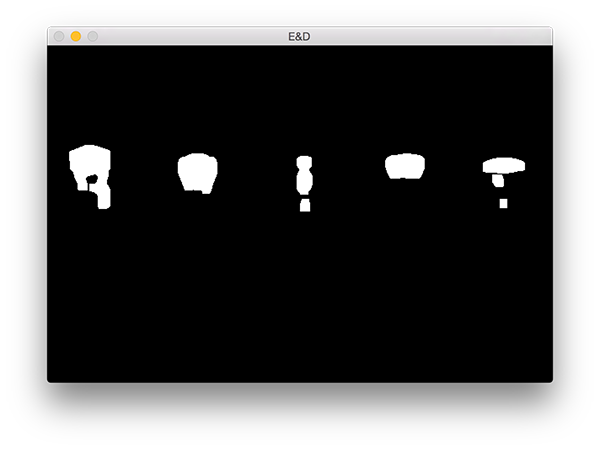
本項目的關鍵步驟是對上圖中的每個區域進行標記,然而,即使在應用了腐蝕和膨脹后,我們仍然想要過濾掉剩余的小塊兒區域。
一個很好的方法是執行連接組件分析:
# perform a connected component analysis on the thresholded # image, then initialize a mask to store only the "large" # components labels = measure.label(thresh, neighbors=8, background=0) mask = np.zeros(thresh.shape, dtype="uint8") # loop over the unique components for label in np.unique(labels): # if this is the background label, ignore it if label == 0: continue # otherwise, construct the label mask and count the # number of pixels labelMask = np.zeros(thresh.shape, dtype="uint8") labelMask[labels == label] = 255 numPixels = cv2.countNonZero(labelMask) # if the number of pixels in the component is sufficiently # large, then add it to our mask of "large blobs" if numPixels > 300: mask = cv2.add(mask, labelMask)
第4行使用scikit-image庫執行實際的連接組件分析。measure.lable返回的label和我們的閾值圖像有相同的大小,唯一的區別就是label存儲的為閾值圖像每一斑點對應的正整數。
然后我們在第5行初始化一個掩膜來存儲大的斑點。
第7行我們開始循環遍歷每個label中的正整數標簽,如果標簽為零,則表示我們正在檢測背景并可以安全的忽略它(9,10行)。
否則,我們為當前區域構建一個掩碼。
下面我提供了一個GIF動畫,它可視化地構建了每個標簽的labelMask。使用這個動畫來幫助你了解如何訪問和顯示每個單獨的組件:
然后第15行對labelMask中的非零像素進行計數。如果numPixels超過了一個預先定義的閾值(在本例中,總數為300像素),那么我們認為這個斑點“足夠大”,并將其添加到掩膜中。
輸出掩模如下圖:
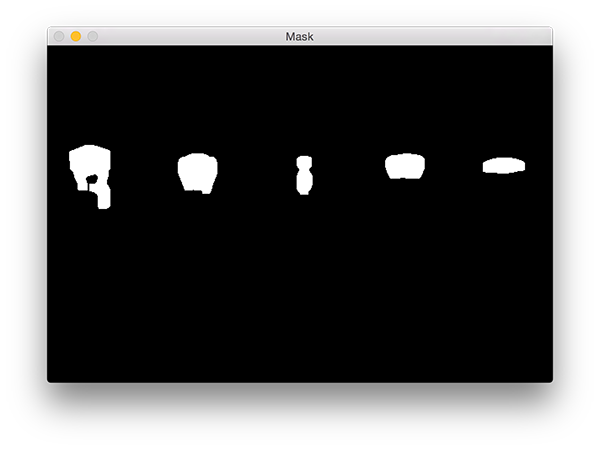
注意,所有小的斑點都被過濾掉了,只有大的斑點被保留了下來。
最后一步是在我們的圖像上繪制標記的斑點:
# find the contours in the mask, then sort them from left to # right cnts = cv2.findContours(mask.copy(), cv2.RETR_EXTERNAL, cv2.CHAIN_APPROX_SIMPLE) cnts = imutils.grab_contours(cnts) cnts = contours.sort_contours(cnts)[0] # loop over the contours for (i, c) in enumerate(cnts): # draw the bright spot on the image (x, y, w, h) = cv2.boundingRect(c) ((cX, cY), radius) = cv2.minEnclosingCircle(c) cv2.circle(image, (int(cX), int(cY)), int(radius), (0, 0, 255), 3) cv2.putText(image, "#{}".format(i + 1), (x, y - 15), cv2.FONT_HERSHEY_SIMPLEX, 0.45, (0, 0, 255), 2) # show the output image cv2.imshow("Image", image) cv2.waitKey(0)
首先,我們需要檢測掩模圖像中的輪廓,然后按從左到右排序(3-7行)。
一旦我們的輪廓已經排序,我們可以對它們進行單獨的循環處理(第8行)。
對于這些輪廓線,我們將計算出代表明亮區域的最小包圍圓(第12行)。
然后,我們唯一地標記該區域并在圖像上繪制它(第12-15行)。
最后,第17行和第18行顯示了輸出結果。
運行程序,你應該會看到以下輸出圖像:

請注意,每個燈泡都被獨特地標上了圓圈,圓圈圍繞著每個單獨的明亮區域。
編輯:黃飛
 電子發燒友App
電子發燒友App










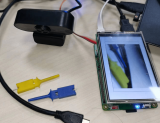
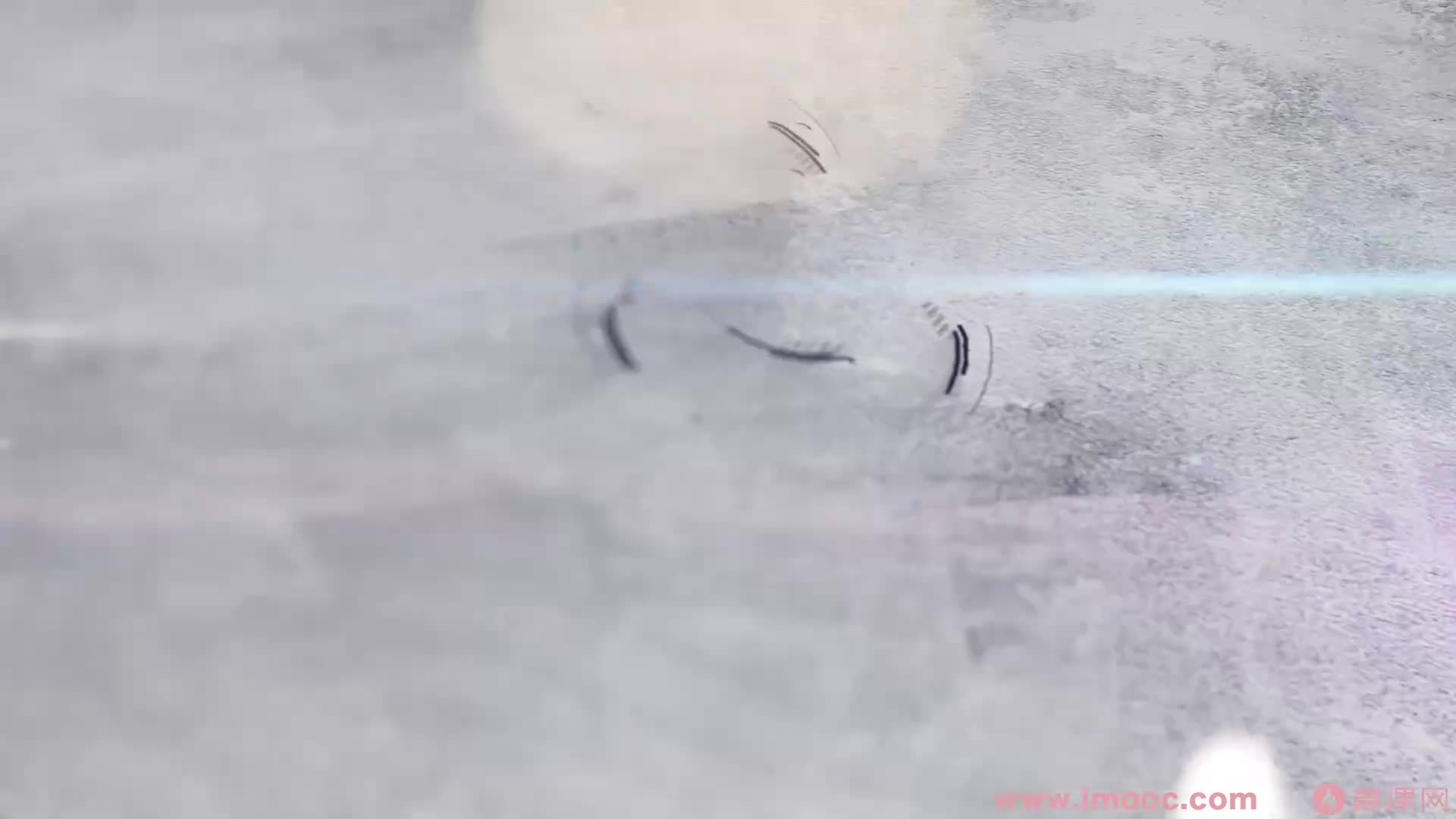




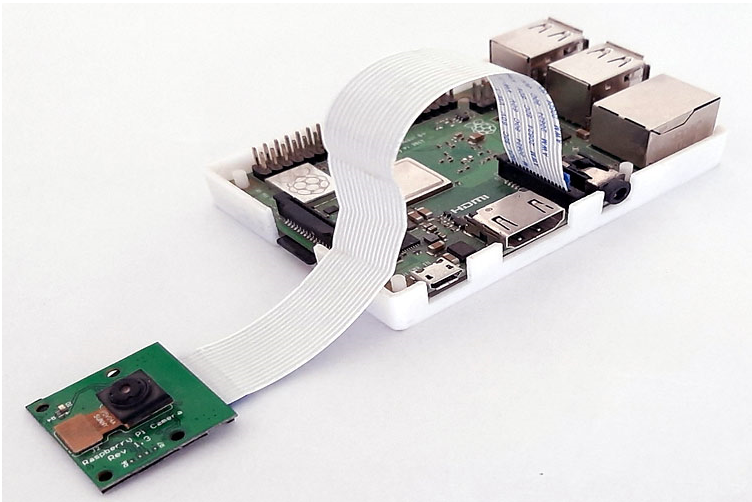



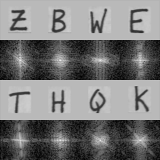











評論